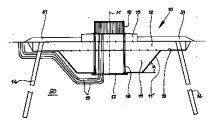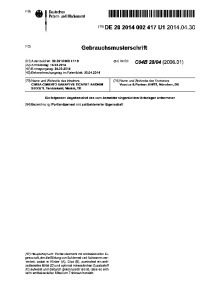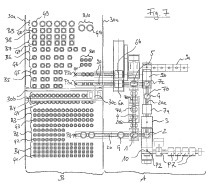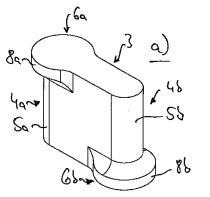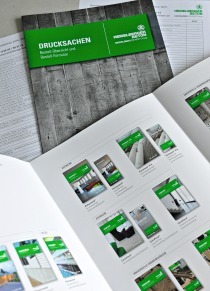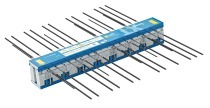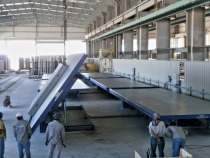Search
Your search for "" found 8363 Hits
Ihre Suche nach "" :
5719 Treffer in "AT Minerals"
8940 Treffer in "Bundesbaublatt"
8363 Treffer in "Betonwerk + Fertigteil-Technik"
7698 Treffer in "bauhandwerk"
1202 Treffer in "Brandschutz"
1242 Treffer in "Computer Spezial"
5390 Treffer in "dach+holzbau"
15269 Treffer in "Deutsche BauZeitschrift"
5734 Treffer in "FACILITY MANAGEMENT"
11184 Treffer in "Kälte Klima Aktuell"
5915 Treffer in "metallbau"
1556 Treffer in "recovery"
11983 Treffer in "SHK Profi"
13375 Treffer in "tab - Das Fachmedium der TGA-Branche"
12200 Treffer in "Tiefbau Hochbau Ingenieurbau Straßenbau"
2053 Treffer in "tunnel"
5809 Treffer in "Zement Kalk Gips"
3501 Treffer in "Ziegelindustrie International"

